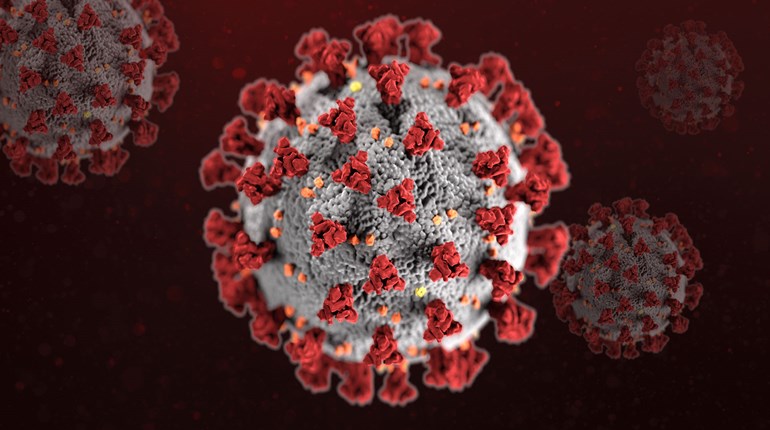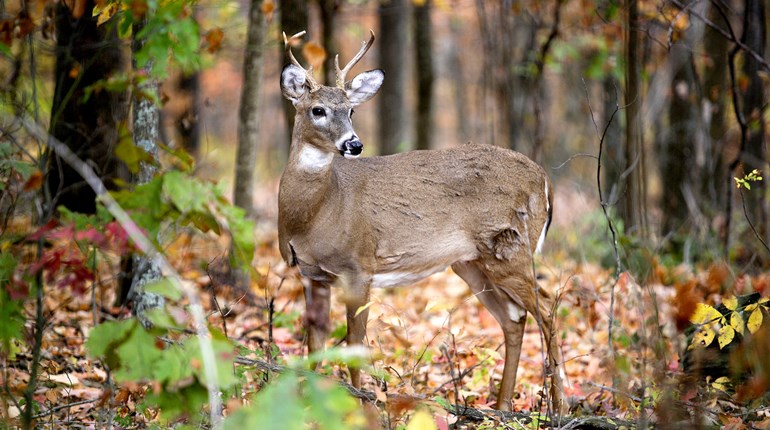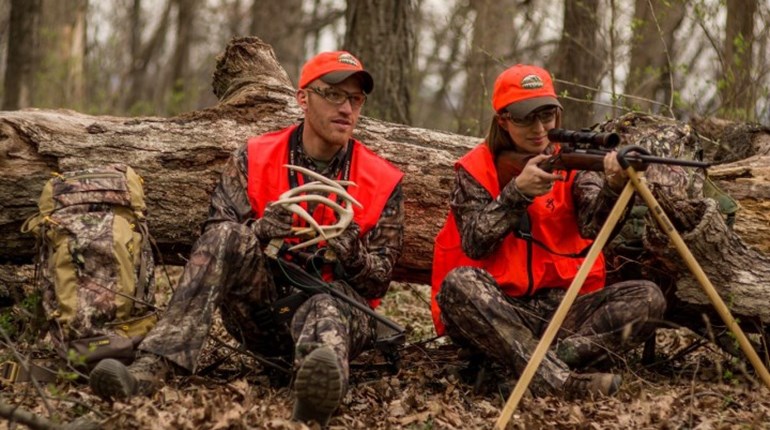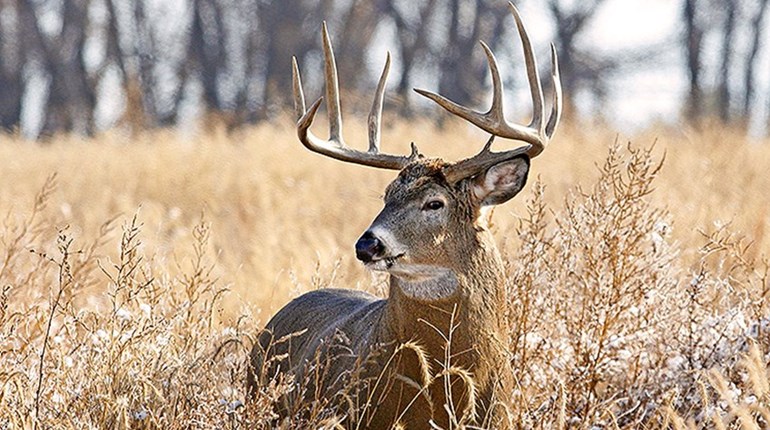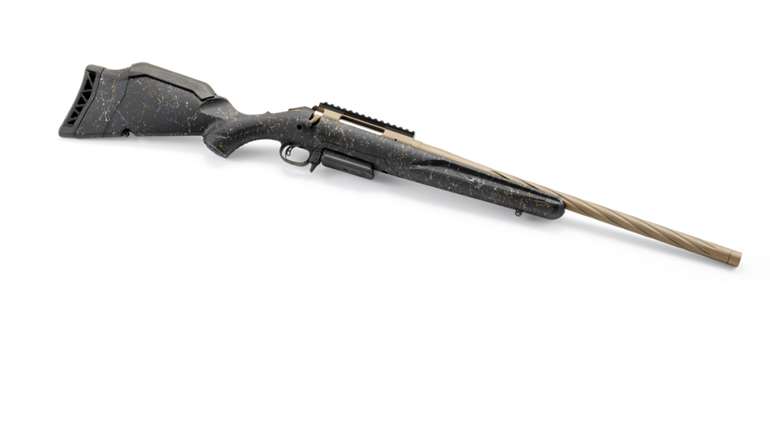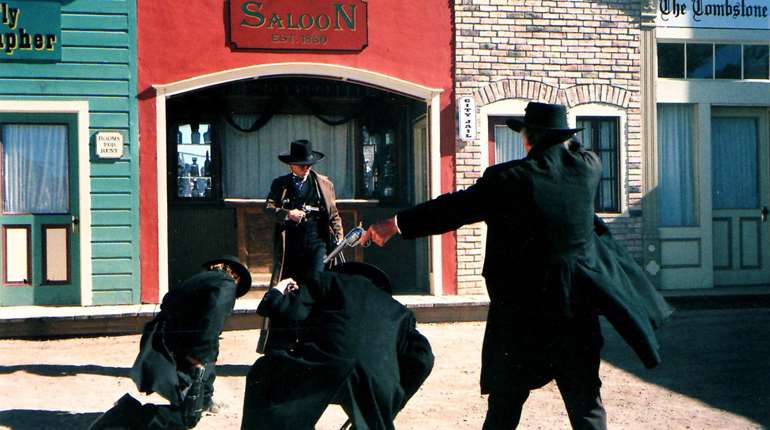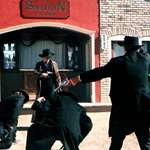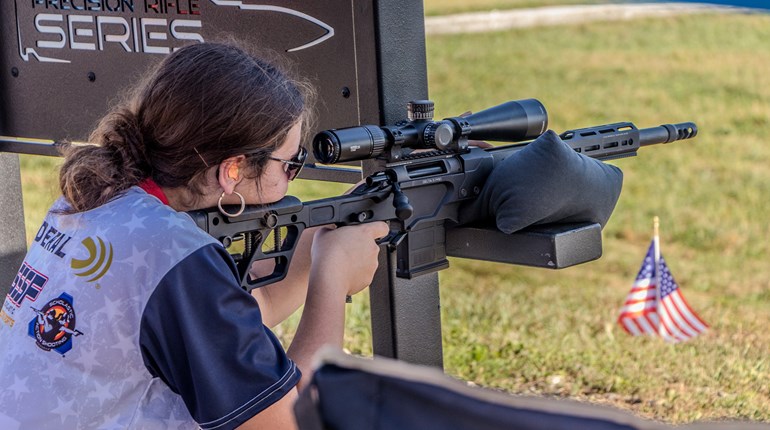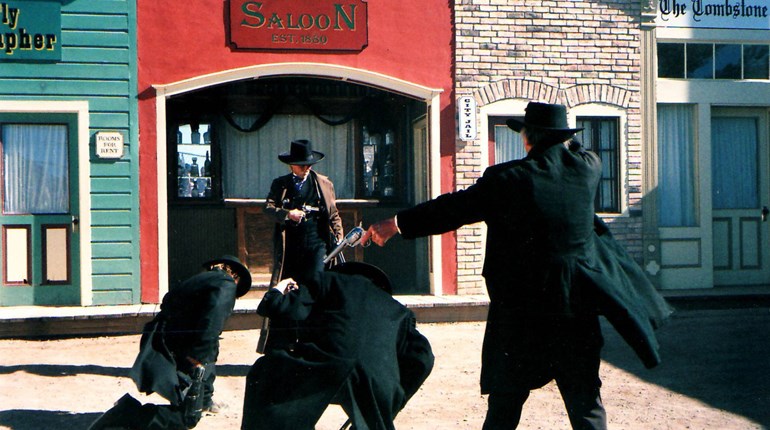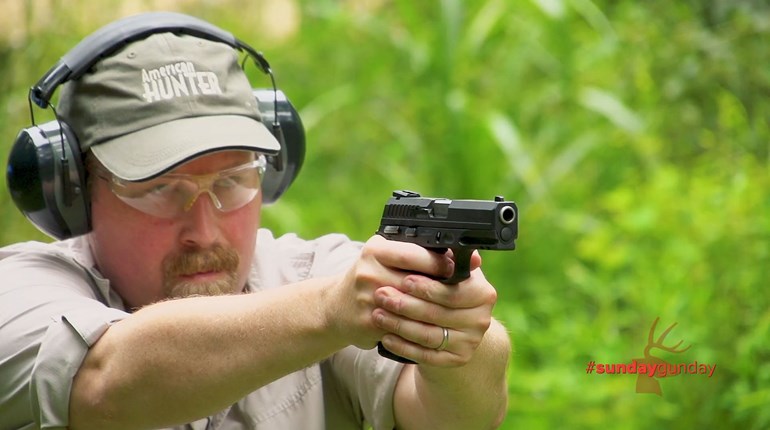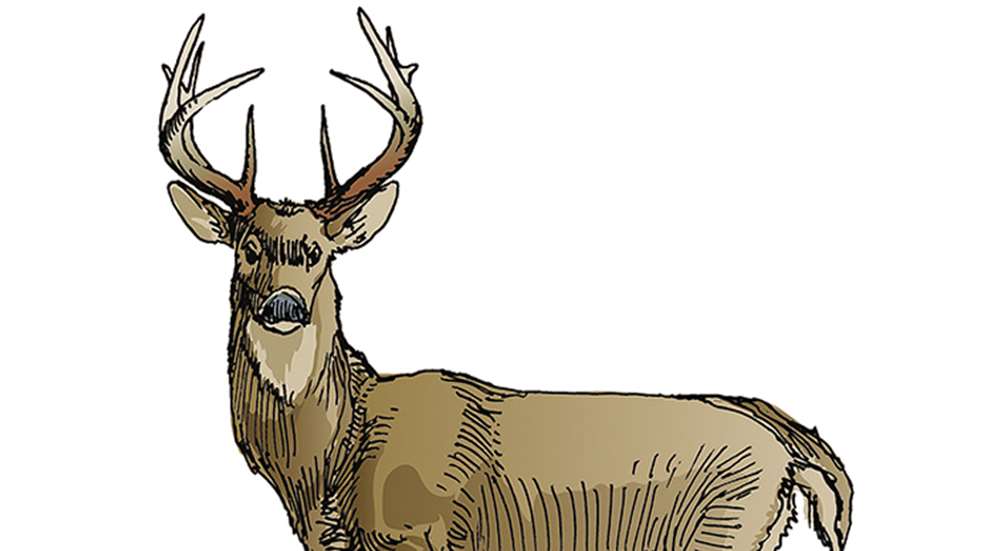
The whitetail deer is America's most popular big-game animal and oldest native deer species. Its ancestors inhabited Mongolia 10 to 20 million years ago, spreading across Asia and Europe before crossing the Bering land bridge into North America where they first appeared in fossil records 3.5 million years ago. Believed to have once inhabited the bitter-cold regions of the Arctic Circle, these rugged, adaptable survivors have continued to evolve, thriving through their acute senses, speed, cunning and reproductive ability.
A medium-sized deer with compact antlers, the whitetail gets its name from the white underside of its tail that it raises upon fleeing when danger is sensed. Also known as the Virginia whitetail (Odocoileus virginianus) after the state in which it was first categor-ized, it stands 3-3½ feet tall and averages 150 pounds. It is native to all but five states in the United States and is found in Canada, Mexico, Central America and South America as far south as Peru, and has been introduced into New Zealand and several European countries. Coloration and antler and body size vary throughout its range as a climatic adaptation, leading scientists to describe as many as 38 subspecies. Those from the northern states and Canada, for example, are larger-bodied to better survive harsh winters and have smaller ears to diminish heat loss.
Nearly 25 million whitetail inhabited the continental United States in 1492. By the 1900s, unregulated commercial hunting and habitat destruction had reduced the number to 500,000. Through management and restocking efforts, the population now exceeds 30 million.
Traditionally a forest dweller, the whitetail has become an edge animal, inhabiting woodlots, grasslands, farmlands and small barriers of trees amid suburban sprawl. A browser, it feeds on leaves, stems, grass, berries, acorns and farm crops such as corn and soybeans, causing considerable crop damage in agricultural states. Most active at dawn and dusk, it can become nocturnal in areas of high hunting pressure. A four-chamber stomach enables it to fill its paunch quickly with little chewing. Chamber one, the rumen, stores undigested food until it moves to a secure area to regurgitate and digest it. Deer lack upper incisor teeth, biting off food between lower incisors and a pad on the upper gum, then grinding their cud with premolars and molars.
A whitetail's key to escape is speed. When running, its front feet touch down then its hind feet land just ahead, pushing off the ground to spring forward. It has cloven hooves and pointed toes that make two-pronged tracks. Its two middle toes support its weight as the two smaller toes, or dew claws, rarely touch ground.
It communicates through auditory, scent and visual cues. Sounds include grunts, snorts, bleats and foot-stomping, particularly when nervous. Fawns bleat to summon does; bucks grunt while chasing estrus does. Scent glands on their legs, called tarsal glands, mark territory and identify individual deer.
A whitetail's scenting ability is its best defense. It uses air currents to its advantage. It can smell odors at distances of more than 100 yards. Designed to detect motion, its eyes are set on the side of its head and provide 310-degree vision, though this decreases depth perception. It can rotate its ears in all directions to pinpoint sounds and their distances.
The whitetail lives in a matriarchal society. Bucks live apart from does except during the rut and part of winter. The female social unit consists of mothers and daughters sharing a core area. The oldest doe assumes the lead role. Yearling bucks are included until before the rut, when they are driven away to prevent inbreeding. Older bucks travel in bachelor groups and establish a ranking system prior to competing for breeding rights, with dominance based on body and antler size. Breeding occurs between October and January.
The gestation period averages 200 days. Most fawns are born in May and June. A doe has one to four fawns weighing between 5 and 7 pounds. They are reddish-brown with white spots, which eventually disappear. Deer are full-grown at 4½ years and have a life expectancy in the wild of about 10 years, at which point their teeth wear down and prevent them from eating. Their coat changes from reddish-brown in summer to a heavy grayish-brown in fall to blend with leafless trees. When temperatures drop, coat hairs stand erect to trap air near the skin and enhance insulation.
A buck's low-growing antlers are suited for dense undergrowth. Beams grow backward and outward before curving forward. Tines grow directly from the beams, in contrast to the forked patterns of mule deer. Antlers are classified as either typical or non-typical. Non-typical configurations range from having unmatched points on one side to points off points in every direction.
Antler size is determined by nutrition, genetics and age, and peaks between ages 5 and 8. Antlers are shed in winter and regrow in spring and summer by as much as a half inch per day, making them the fastest-growing animal tissue known to man. While growing, they are covered by a velvet-like tissue that supplies blood and minerals and is easily damaged. By September, antlers harden, triggered by rising levels of testosterone. As velvet dries and sheds, a buck rubs its antlers against trees, unveiling weapons for the rut. It makes rubs and paws scrapes in the ground to mark territory. It will not leave unless bumped out by humans or searching for does. Does are in heat for 30 hours. Those not bred come back in heat 28 days later. A challenge between bucks lasts until one retreats. On rare occasions, antlers lock while fighting and both bucks perish from starvation.
An animal of grace and power, high-strung and shrewd, the whitetail evokes great passion and interest. The opening day of deer season is akin to a holiday in many areas, as millions of hunters across America match wits with an animal whose keen senses and cunning are surpassed only by its adaptability.
Subspecies
The dominant subspecies is the
Virginia whitetail (Odocoileus virginianus virginianus) with genetic testing suggesting most others are regional adaptations. While some big-game record-keeping organizations categorize whitetails by region to account for overall increases in size from south to north, the Boone and Crockett Club recognizes only the diminutive 28- to 32-inch Coues subspecies (O. virginianus couesi) of the Southwest separately, dating to when it was considered a separate species. One subspecies, the Florida Key deer (O. virginianus clavium)-the smallest of all North American subspecies-has been listed as endangered under the U.S. Endangered Species Act for decades and is no longer hunted.













